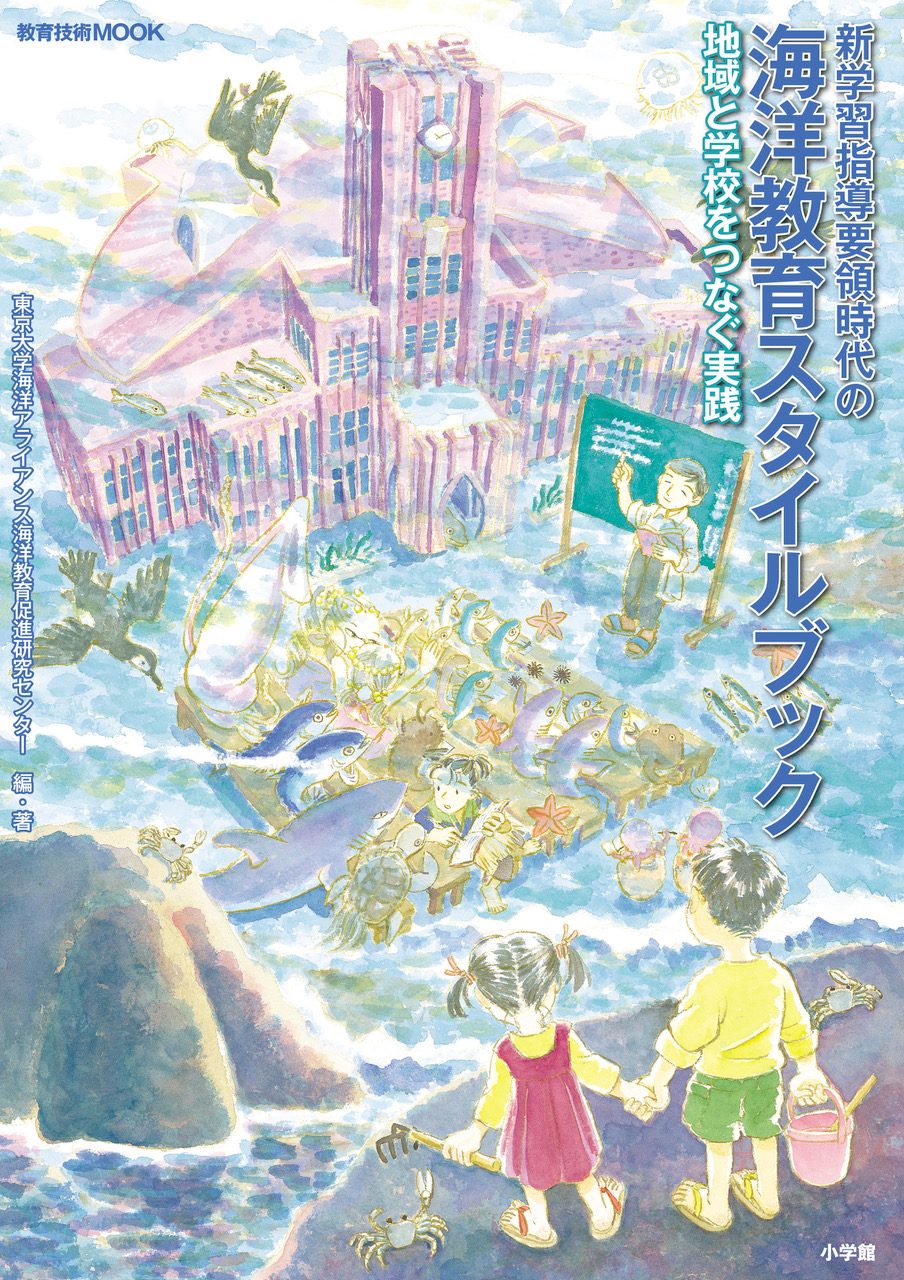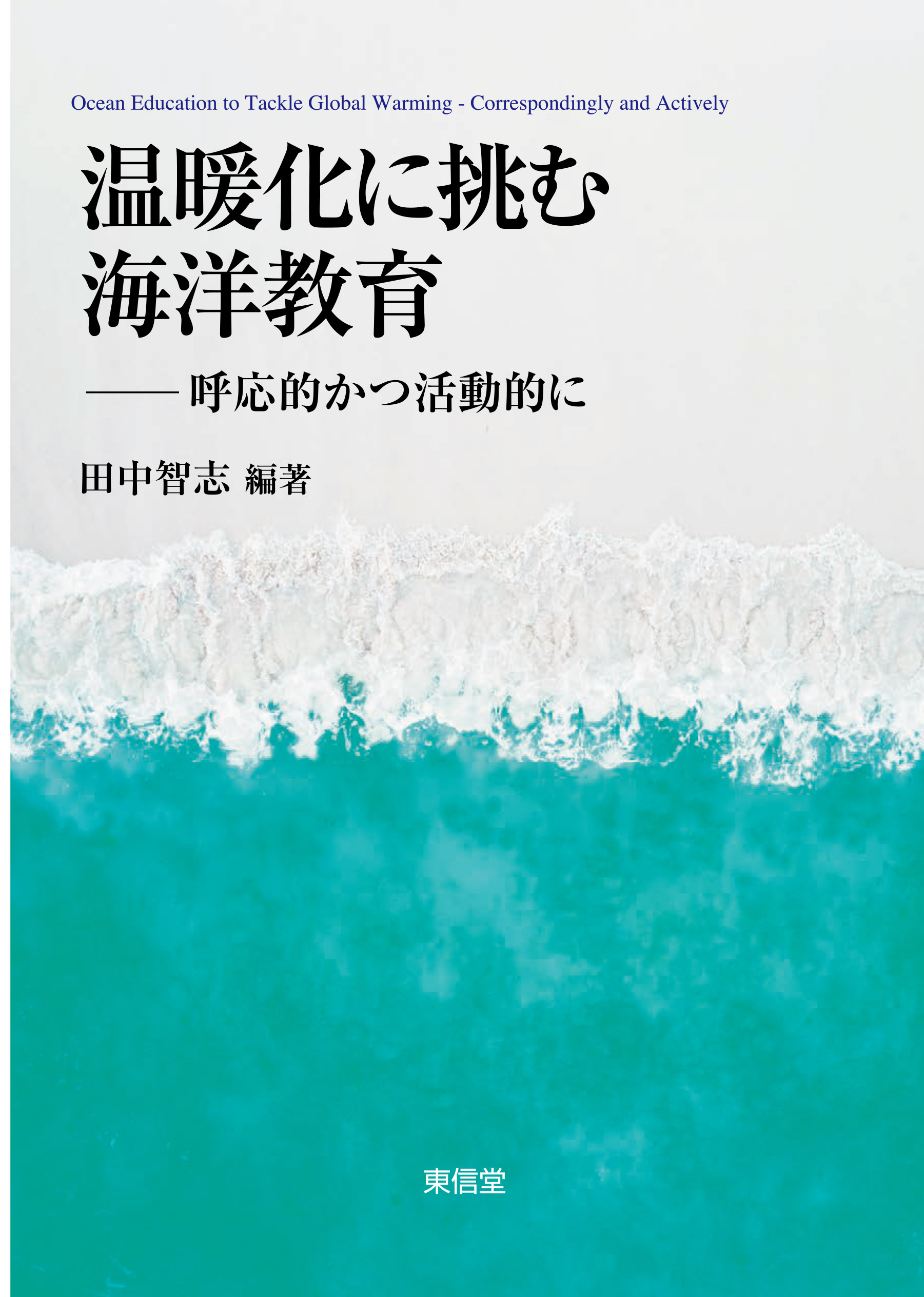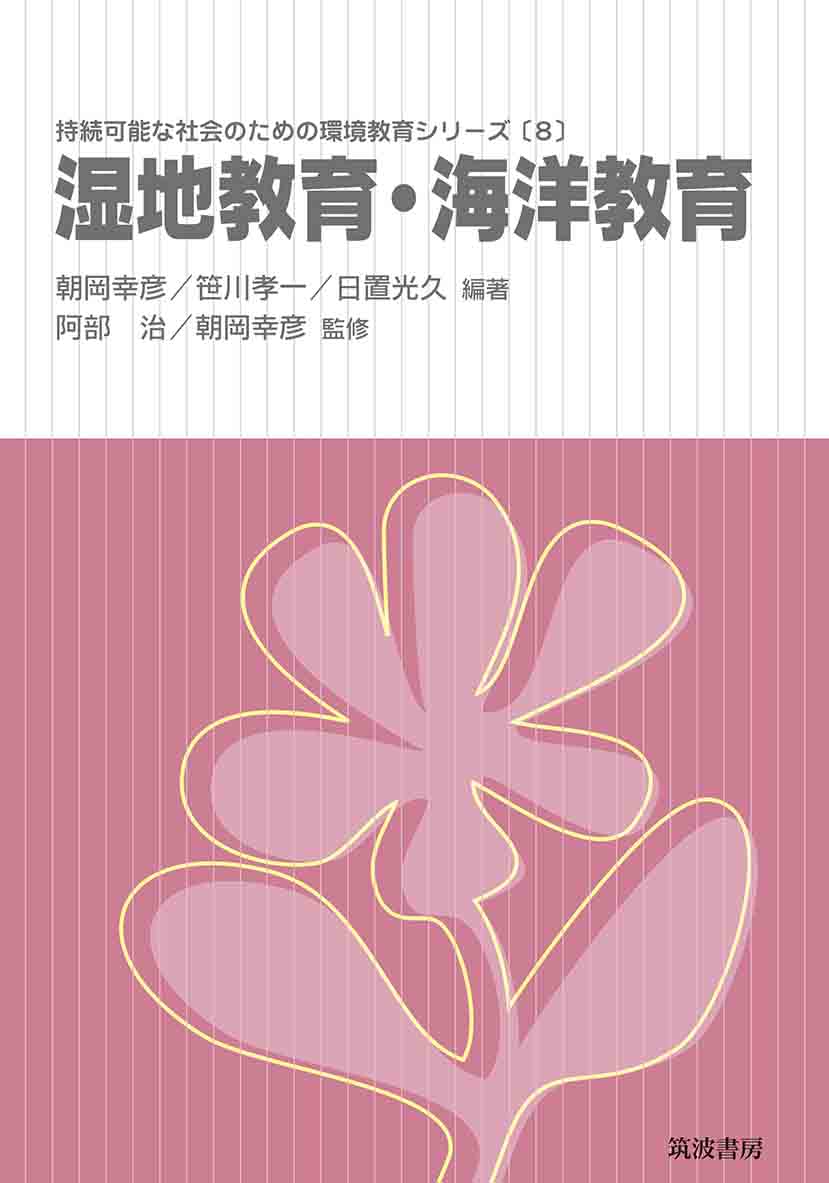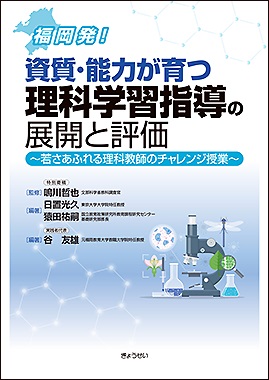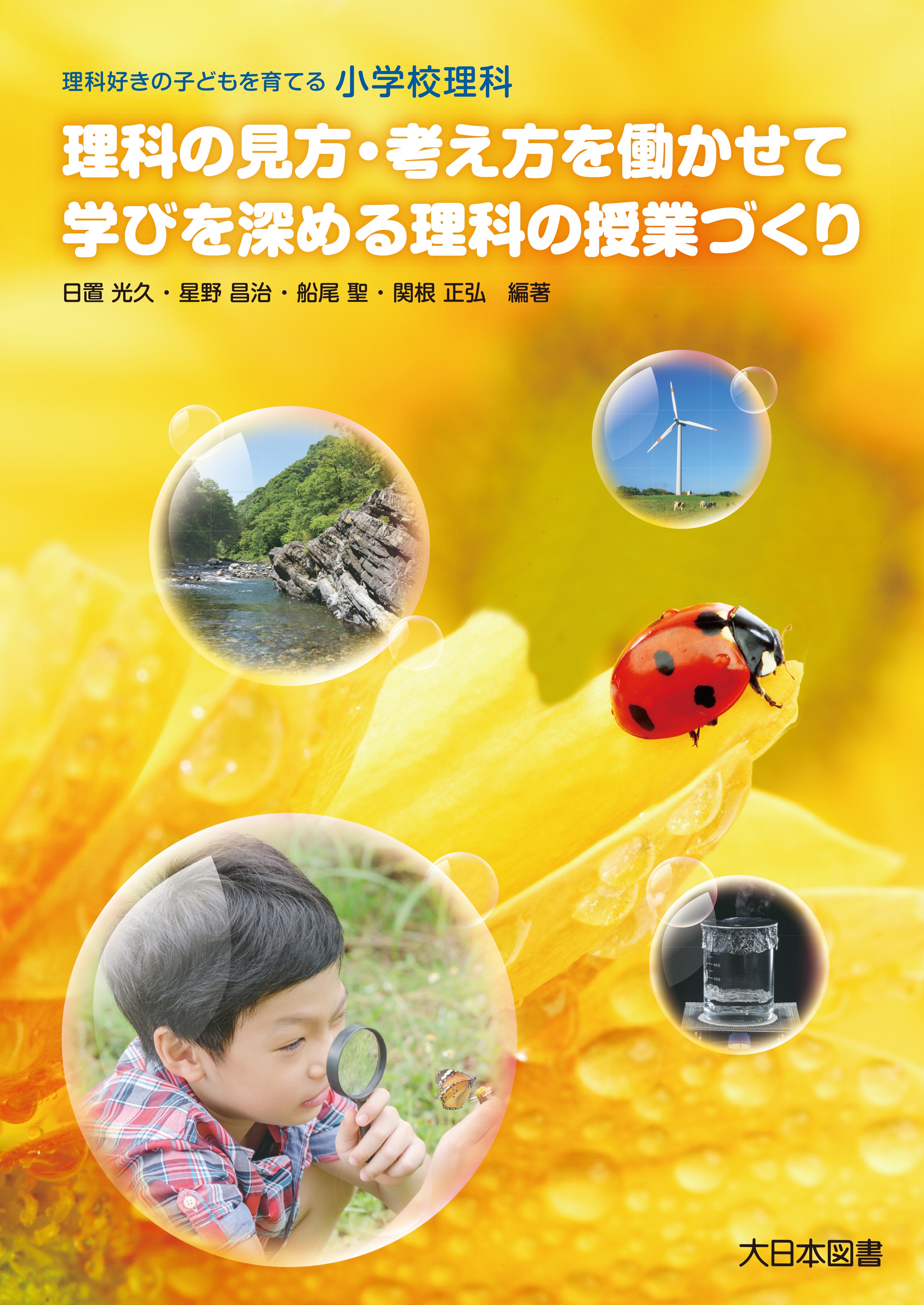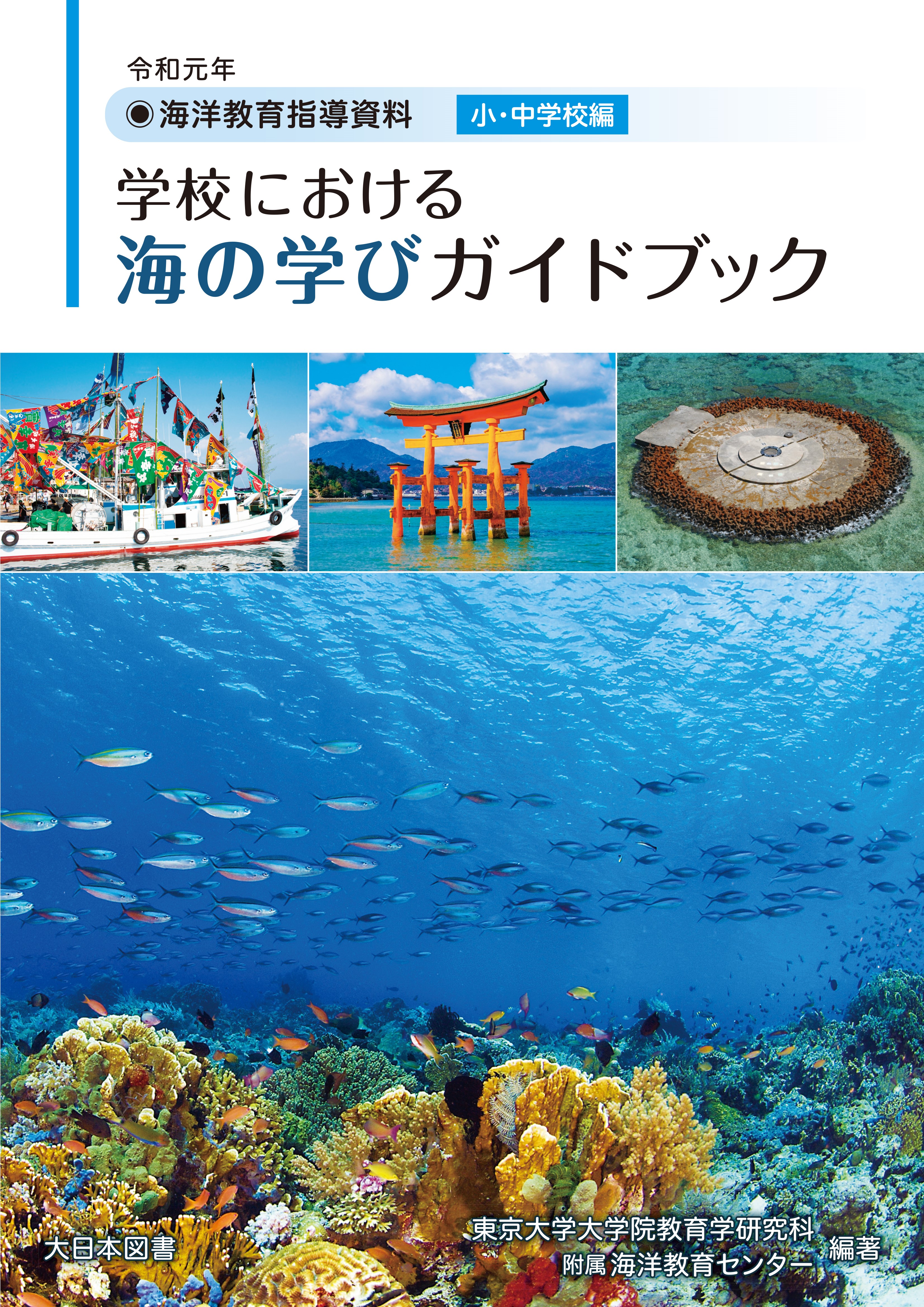
Title
A Guide for School Ocean Education Gakko ni okeru Umi no Manabi Guidebook (The 2019 Teacher’s Guide for Ocean Education [for elementary and junior high schools])
Size
152 pages, A4 format
Language
Japanese
Released
July, 2019
ISBN
978-4-477-03171-2
Published by
Dainippon Tosho
Book Info
See Book Availability at Library
Japanese Page
In an era of globalization and rapid innovation in AI, IoT, and other technologies, there is a need to help children actively face various changes and solve problems and challenges in collaboration with others. As well, help them order and reconstruct diverse information into practical knowledge, for them to find their goals and live a rich life. To respond to these needs of the new era, the Course of Study, which is the canon of the educational curriculum, was revised in 2017 and fully implemented in the academic year 2020-2021. In conformance with the Course of Study, this book aims to present a concrete model for ocean education in the new era, to explain how it should be understood in school education and in what way the lessons should be planned and taught.
In Chapter 1, the philosophy of ocean education is elucidated in a pedagogical spirit by using “common good” and “humilitas” as key concepts, and its possible relationship with the construction of a sustainable society is proposed. At the same time, the relationship between the SDGs and ocean education is examined, and the seven essential principles of Ocean Literacy laid out in the “Ocean Literacy for All” (UNESCO, 2017) are explained.
Chapter 2 is aimed to deepen the understanding of the gist of the Course of Study, and to examine how to improve lessons with a focus on “voluntary, dialogue-based, deep learning.” It includes a discussion on essential activities, linguistic and experiential, that constitute lessons to improve the basics for thinking about ocean education.
Chapter 3 provides an outline of curriculum management, which is the main pillar of the latest revision to the Course of Study and considers curriculum management for ocean education in keeping with the three pillars of ocean education. Regarding Life, Environment, and Security, as proposed by the Center for Ocean Literacy and Education at the University of Tokyo.
Chapters 4 and 5 present model plans for concrete ocean education curriculums for elementary and junior high schools, respectively, and constitute the body of this book. It is safe to say that this book is the first attempt ever to present a unified model curriculum for ocean education in this manner. Each chapter is composed of the “Subject” and the “Integrated Study” sections, with 8 model plans for elementary schools and 6 model plans for junior high schools. Each model plan consists mainly of the “unit objective,” “unit overview,” “unit teaching plan,” and “learning progress,” with a clear description of “the perspective as ocean education” and “relationship with other subjects of study” to take account of the range of educational guidance and alignment with materials. Additionally, at the end of each plan, there is a section titled “Expected transformation of children/students through learning,” which presents concrete images of children who have transformed through lessons. Furthermore, all model plans were evaluated from the perspective of “ocean education” as the “point of this model” to ensure a smooth transition from conventional education to ocean education.
In a country surrounded by seas, “ocean” can be an extremely important subject of study for Japan, from its geographical, historical, and cultural contexts. Little more than 10 years have elapsed since the enactment of the Basic Act on Ocean Policy, but I hope that this book will chart a new path to ocean education in the new Reiwa era.
(Written by HIOKI Mitsuhisa, Project Professor, Graduate School of Education / 2020)



 Find a book
Find a book


